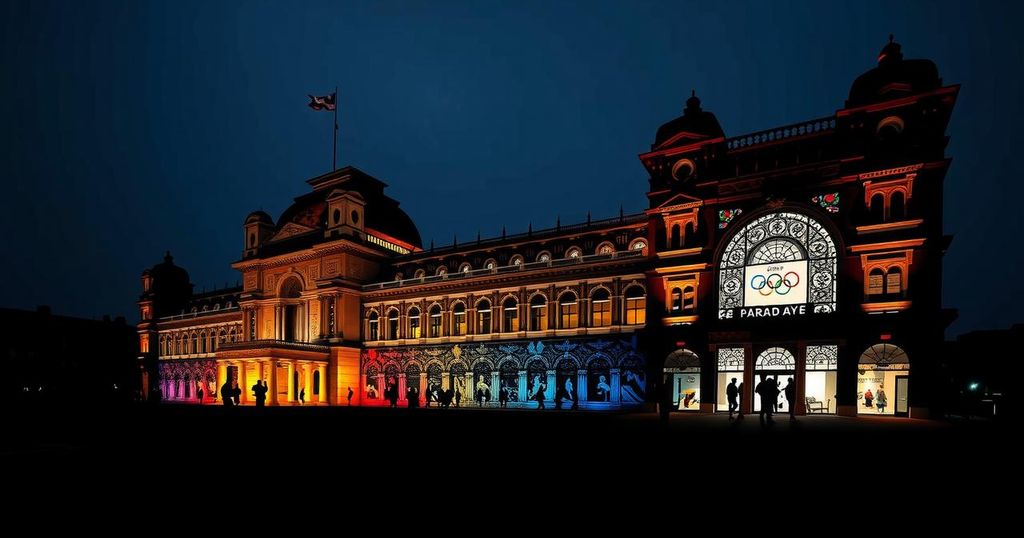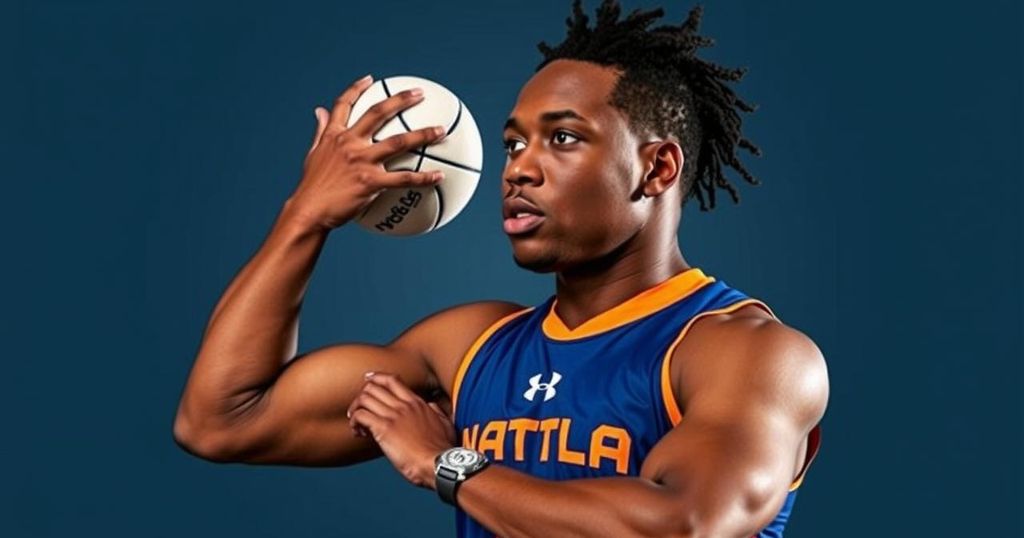Grand Palais Transforms for Upcoming Paralympic Games
As preparations for the Paralympic Games intensify, the Grand Palais, a historic venue, is undergoing a significant transformation. A skilled team clad in high-visibility vests and hard hats is diligently working under the expansive glass roof to ensure the venue meets the specific needs of para-athletes when the events are held from August 29 to September 7. This undertaking signifies a commitment to inclusivity, as modifications must be made within just ten days to render the competition spaces fully accessible.
The Grand Palais, celebrated for its architectural beauty but challenged in terms of accessibility, has been adapted with the integration of modern facilities. Philippe Fadeau, the head of the site and supervisor of wheelchair fencing, remarked on the compatibility of the venue with the demands of wheelchair athletes, noting the historical context in which its original architects operated. The renovations, which commenced in 2021 and are set to conclude in 2024, have introduced essential advancements, including enhanced elevator services that ensure comprehensive access for athletes, journalists, coaches, and spectators with disabilities, a feature successfully implemented during the Olympic Games that will continue for the Paralympics.
The spectator experience at the Grand Palais remains unchanged, maintaining a total capacity of 5,800 seats, of which 80 are reserved for individuals with reduced mobility. The venue garnered significant popularity during the Olympic fortnight, and demand for tickets for the forthcoming Paralympic events has surged, a testament to its desirability as a location.
Despite the urgency of the preparatory work, the alterations made specifically for the Paralympic Games have been modest. A notable adaptation is the positioning of the Agitos Logo, representative of the Paralympic movement, replacing the Olympic rings. Additionally, the venue has incorporated an inclined ramp to facilitate access to the competition area, adjusted camera placements, and established a technical center designed to accommodate para-athletes’ prostheses and equipment.








Post Comment